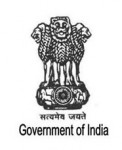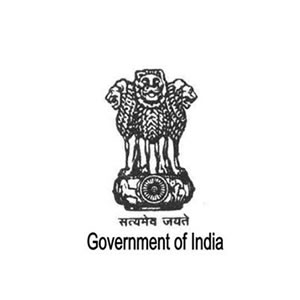 Amid growing criticism of its unrealistic demands for buyback, India has relaxed its offset guidelines to enable foreign vendors to fulfill their obligations in timely manner by including Technology Transfer and R&D in their offsets. New Delhi also imposed a 20% penalty on vendors failing to fulfill their offset obligations within the prescribed timeframe, as set by the Defense Department procurement procedure.
Amid growing criticism of its unrealistic demands for buyback, India has relaxed its offset guidelines to enable foreign vendors to fulfill their obligations in timely manner by including Technology Transfer and R&D in their offsets. New Delhi also imposed a 20% penalty on vendors failing to fulfill their offset obligations within the prescribed timeframe, as set by the Defense Department procurement procedure.
Foreign contractors obliged to source billions in the Indian defense and aerospace market have complained that India’s defense industrial base is incapable of absorbing the huge offsets in pipeline. Moreover, companies required to transfer technology to the Indian market insisted such transfer will be recognized as offset or, will be controlled by subsidiaries owned by foreign companies. The Indians ruled out both demands. In 2011 MoD liberalized its offsets policy to include investments in the country’s civil aerospace, homeland security and training sectors in addition to military industries. Now, the transfer of technology has also been included in the plan.
[nonmember]
[/nonmember]At a recent meeting India’s Defense Acquisition Council has revised India’s Defense offset Guidelines (DOG), which came into effect in August 1, 2012. The new guidelines better differentiate between co-production and co-development, to encourage foreign companies to transfer technology and manufacturing capabilities to Indian companies (except for local subsidiaries). The new guidelines also encourage foreign companies to work with Indian small and medium enterprises, by offering an x1.5 factor on such contracts. The new guidelines also recognize foreign contracts for Research and Development (R&D) services as eligible for offset discharge. This new concession is likely to open the door for substantial outsourcing work related to aerospace defense programs, currently provided by many Indian enterprises. The new regulation will also recognize work with government owned enterprises as eligible offset deals.
Overall, the Transfer of Technology (TOT) can now amount to 10% of the value of buyback by the OEM during the period of the offset contract, given it is provided without restrictions, without license fee, to a non-affiliated Indian company.
[nonmember]This is an abstract version of the article. To get our analysis, please subscribe to one of our Premium Levels. [/nonmember]
[ismember]Transfer of equipment and technology to government institutions and establishments providing manufacturing and maintenance to the government will also be counted towards such TOT route. Moreover, the acquisition of certain technology by research institutions (such as the Defense Research and Development Organization – DRDO) will be eligible an offset multiplier of x3.
The DOG now recognizes prime contractors to include offsets by its sub-vendors. The DAC has extended the timeframe for fulfilling offset obligations by the foreign vendor to up to two years beyond the project’s timeframe.
Under India’s Defense Offset Policy, vendors bagging deals worth over $53 million (NIR 300 Crore) have to reinvest at least 30% of the worth of the contract back into Indian defense, civil aerospace and homeland security sector. Offsets were first made mandatory in the Defense Procurement Policy of 2005 (DPP-2005) and then revised periodically, most recently in DPP-2011. With plans to spend over $100 billion in next five years, Indian companies are expecting offset contracts worth over $30 billion. Two weeks ago the government established the Defence Offsets Management Agency (DOMA), a new authority replacing the Defence Offset Facilitation Agency. DOMA is said to be better equipped to oversee policy formulations in the sector. DOMA will monitor and facilitate the offset processes and banking credits, in addition to the formulation of policy guidelines.[/ismember]

















